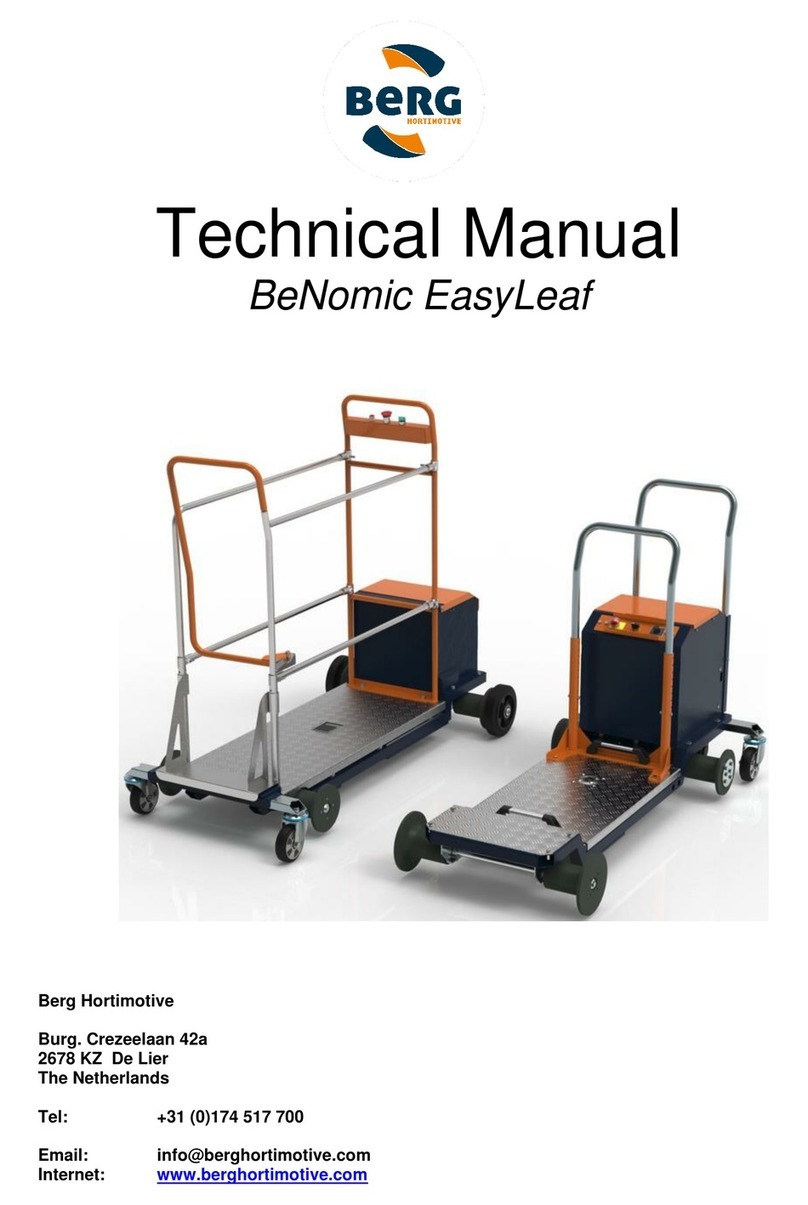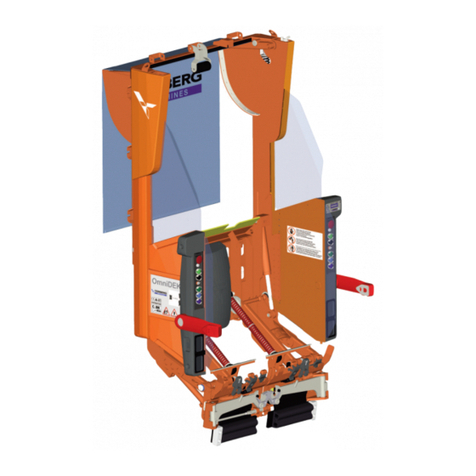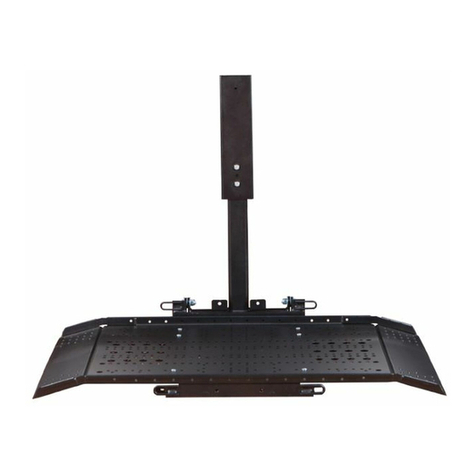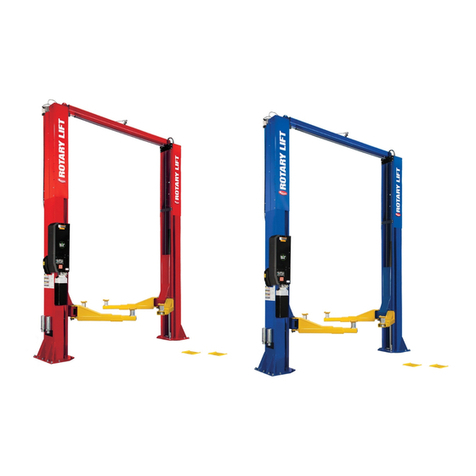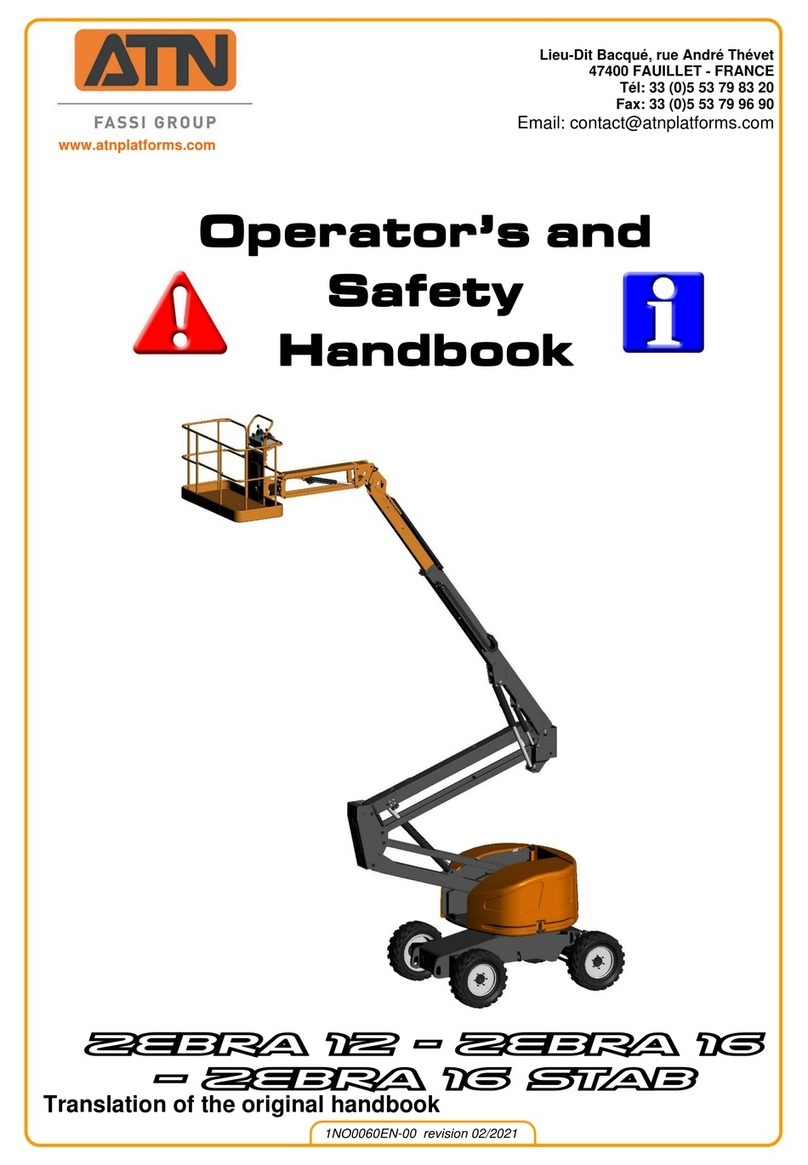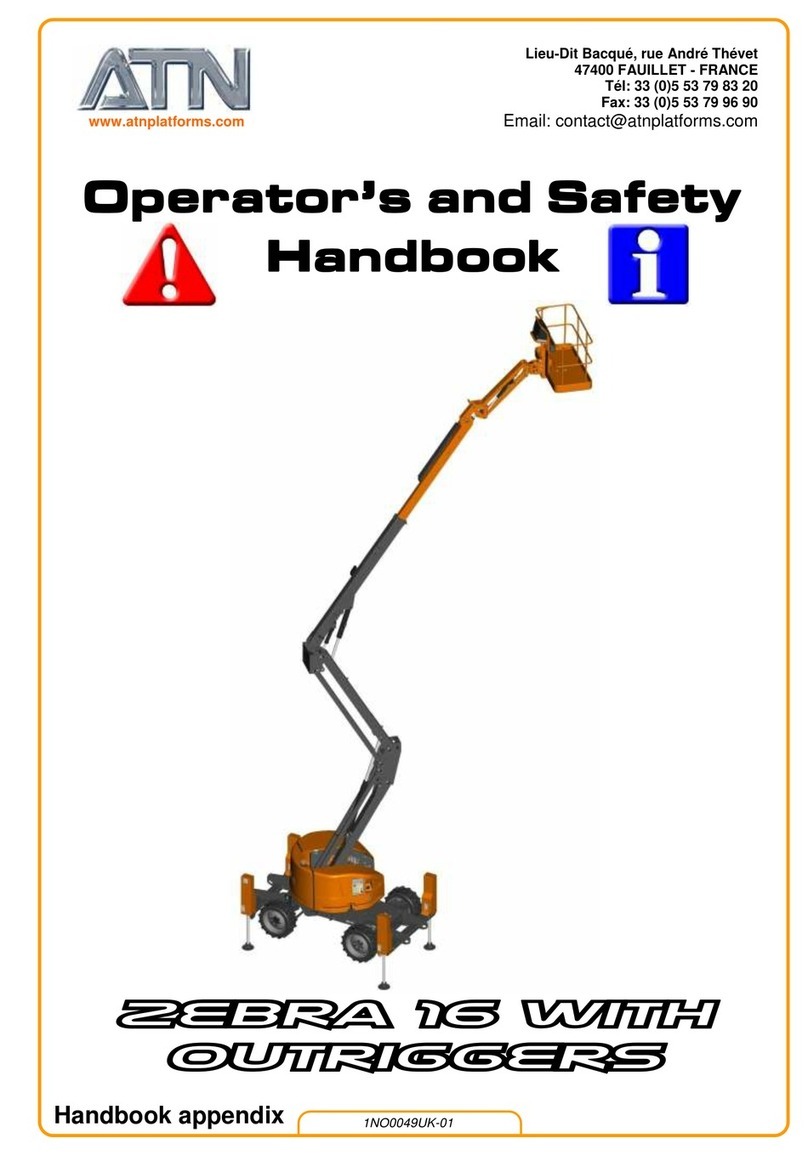TABLE OF CONTENTS
Section 1. GENERAL DESCRIPTION ...................................................................................................................................8
DESCRIPTION....................................................................................................................................................................... 81.1. CHARACTERISTICS - DIMENSIONS................................................................................................................................. 91.2.
Section 2. SAFETY INSTRUCTIONS..................................................................................................................................13
GENERAL ............................................................................................................................................................................ 132.1. TIPPING HAZARDS............................................................................................................................................................ 142.2. CRUSHING AND COLLISION HAZARDS ....................................................................................................................... 152.3. ELECTROCUTION HAZARDS .......................................................................................................................................... 162.4. FALLING HAZARDS .......................................................................................................................................................... 172.5. OTHER RISKS ..................................................................................................................................................................... 172.6. OPERATION LIMITS .......................................................................................................................................................... 172.7. TOWING, LIFTING, TRANSPORT .................................................................................................................................... 182.8. MAINTENANCE.................................................................................................................................................................. 182.9.
Section 3. PREPARATION AND INSPECTION.................................................................................................................19
INSPECTION BEFORE START UP ................................................................................................................................. 193.1. INSPECTION TOUR.......................................................................................................................................................... 193.2. OPERATING CHECKS........................................................................................................................................................ 223.3.
Section 4. OPERATION .........................................................................................................................................................23
CONTROLS AND INDICATORS ....................................................................................................................................... 244.1. HEAT ENGINE OPERATION............................................................................................................................................. 334.2. ELECTRIC MOTOR OPERATION..................................................................................................................................... 354.3. DRIVE - STEERING ............................................................................................................................................................ 364.4. ELEVATING STRUCTURE ................................................................................................................................................ 38
4.5. PARKING –STORAGE....................................................................................................................................................... 424.6. HANDLING –STOWAGE FOR TRANSPORT.................................................................................................................. 434.7. OUTRIGGERS...................................................................................................................................................................... 454.8.
Section 5: SAFETY DEVICES...............................................................................................................................................48
5.1 TILT SENSOR ....................................................................................................................................................................... 49
5.2 LOAD CONTROL ................................................................................................................................................................. 49
5.3 SYSTEM FAULT .................................................................................................................................................................. 50
5.4 MOVEMENT ALARM.......................................................................................................................................................... 50
Section 6 : EMERGENCY PROCEDURES..........................................................................................................................51
6.1 EMERGENCY CONTROLS ................................................................................................................................................. 51
6.2 AFTER AN INCIDENT......................................................................................................................................................... 51
Section 7: MAINTENANCE FOR THE OPERATOR.........................................................................................................52
7.1 HEAT ENGINE...................................................................................................................................................................... 52
7.2 LUBRIFICATION ................................................................................................................................................................. 53
7.3. TRACKS ............................................................................................................................................................................... 55
7.4. MOTOR REDUCERS........................................................................................................................................................... 56
7.5. BATTERY............................................................................................................................................................................ 57
Section 8. SCHEMAS..............................................................................................................................................................58
ELECTRICAL SCHEMATIC............................................................................................................................................... 598.1. HYDRAULIC SCHEMATIC................................................................................................................................................ 608.2.












